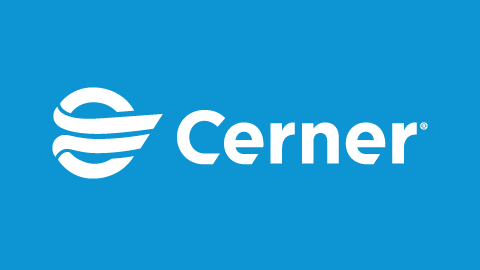As caregivers combat COVID-19's impact on the body, health systems face one of the disease's many collateral challenges: managing the logistics of caring for high volumes of critically ill patients.
In early April, Adventist Health leaders engaged their Cerner ITWorksSM team, representing managed IT support from Cerner, and Cerner consulting to deploy CareAware Capacity Management® at 18 of their West Coast hospitals.
"Our goal was to understand which beds were available in anticipation of COVID-19's initial surge in our communities," said Bonnie Arndt, MSN, BSN, RN-BC, manager of clinical informatics.
The virus' looming threat pushed project teams to condense their typical multi-month implementation to just seven days. The project — one of more than 250 COVID-related initiatives the Adventist Health ITWorks team completed from March to June 2020 — tracks critical resources to care for COVID-19 patients.
"We prioritized the patient list and bed management boards and honed in on negative pressure rooms, critical care beds and surge beds," said Rachel Kilgore RN, MSN, senior clinical informaticist.
The solution helps staff monitor patient information, space and equipment availability in near real-time.
"We included new patient attributes like ventilator use and COVID-19 status, as well as ventilator availability," said Arndt.
Adventist Health works with a third-party transfer center to coordinate patient transfers between hospitals or from referring facilities. Even before COVID-19, beds became increasingly difficult to locate.
"There was a lot of communication from hospitals stating they had no available beds, or they didn't have critical care beds," said Cynthia Norman-Bey, transfer center director.
In response, her team began manually compiling a bed availability report to proactively find open beds. Implementing Capacity Management automated the reporting and therefore eliminated the manual work to compile the data. "Now we're able to see how occupied the beds are," said Norman-Bey.
The project's use-case-driven approach helped diminish the learning curve sometimes associated with new technologies.
"The Cerner folks understood which details were most important to conceptualize how Capacity Management would work with our transfer center," said Norman-Bey. "That's what we focused on, and that's how they trained us."
She also attributes the project's success to a collective sense of purpose and drive among Adventist Health, Cerner and transfer center teams.
"Everybody was on board. Everybody had the right attitude. Everybody wanted to see it work."
More like this:
- How COVID-19 changed technology adoption, speed and agility in health care – 6-minute read
- UHS analyzes COVID-19 metrics across 26 hospitals – 3-minute read
- 6 takes on managing COVID-19 patient surges – 3-minute read





